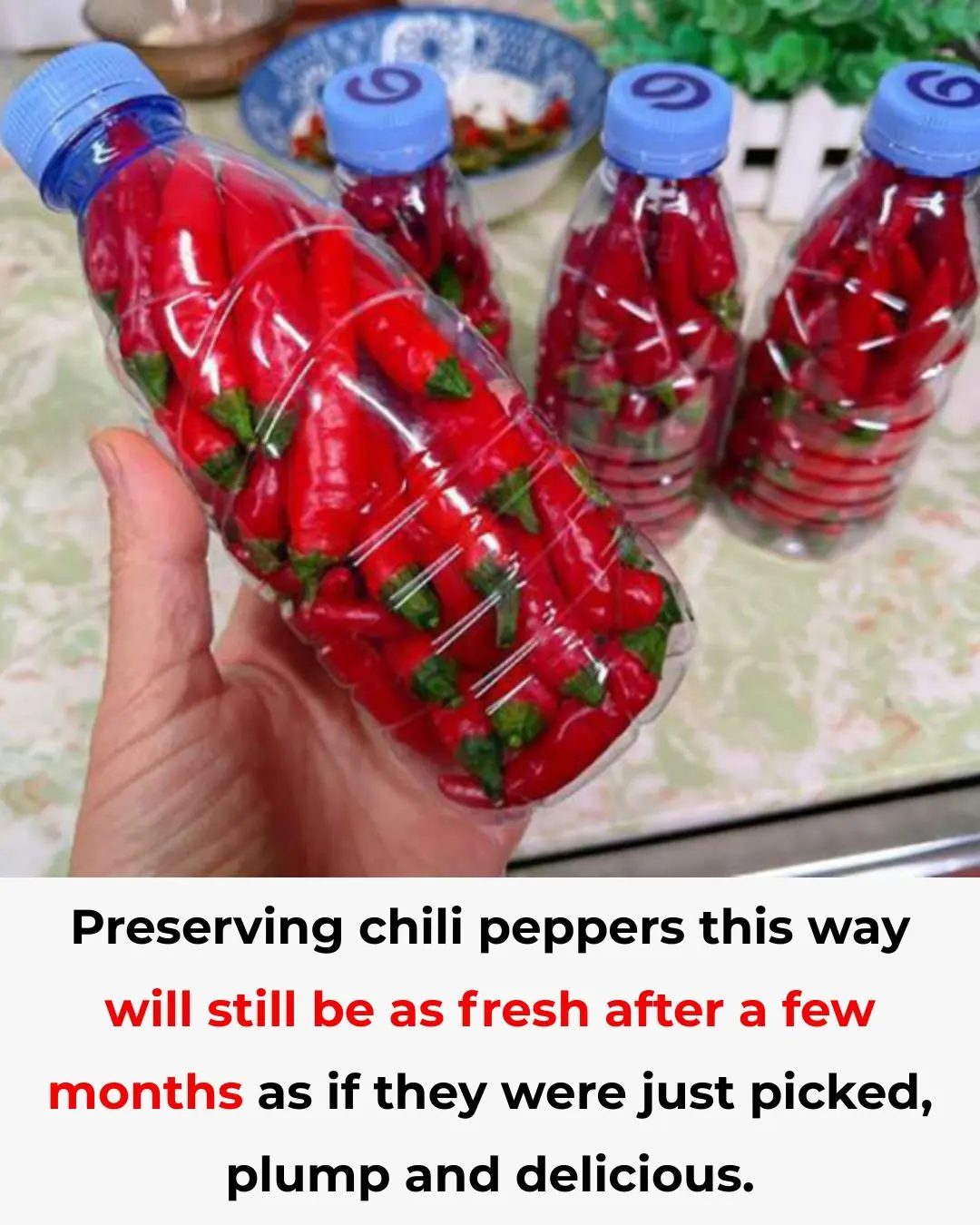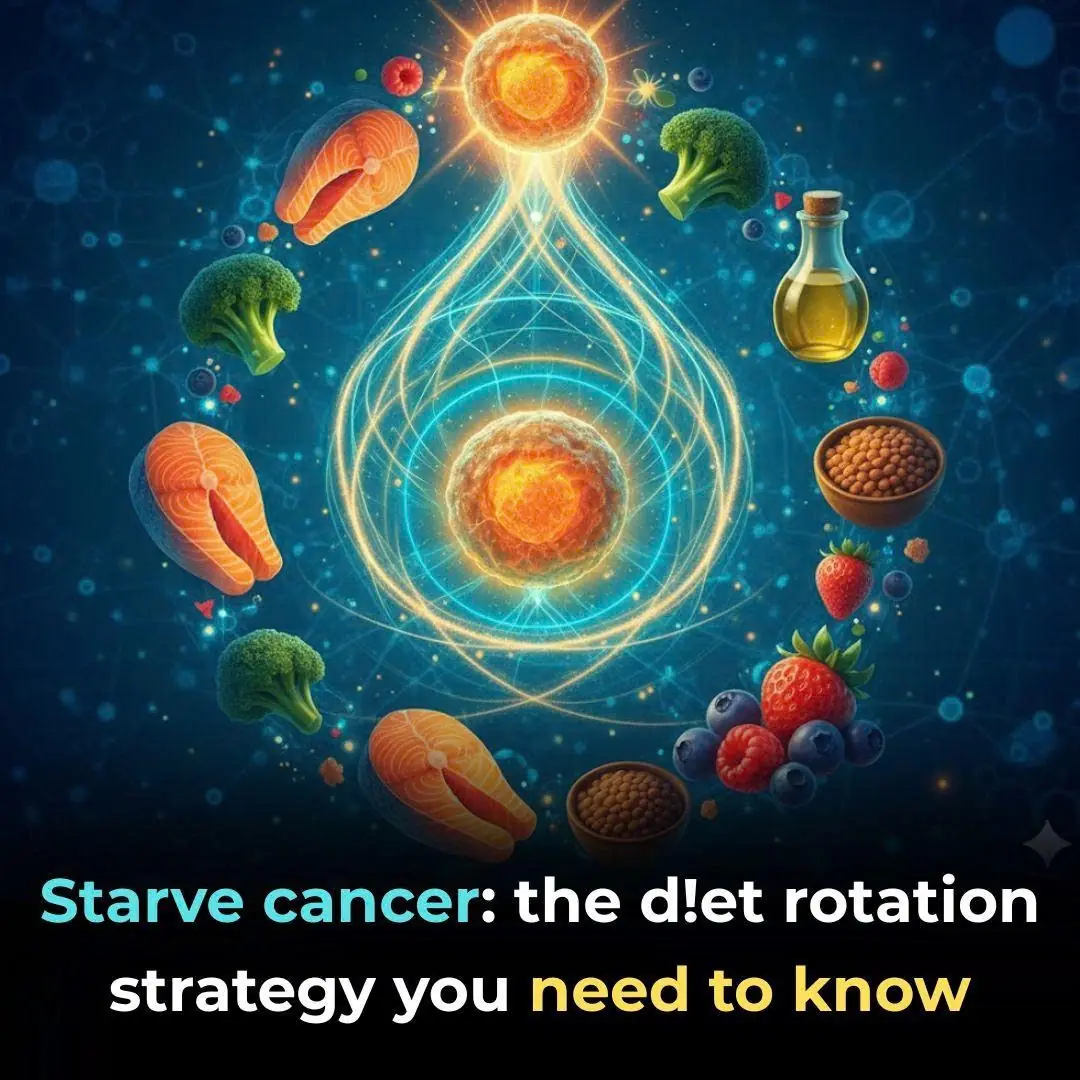
The 7 silent causes of bad leg circulation
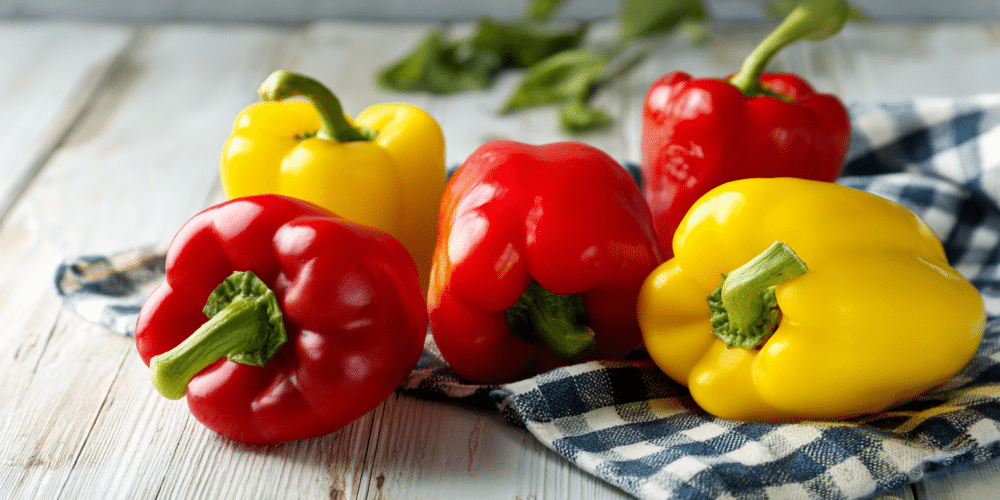
The very structure of your blood vessels relies on a protein called collagen. Think of collagen as the rebar and cement that gives your veins strength and elasticity. To manufacture this crucial protein, your body absolutely needs Vitamin C. Without enough Vitamin C, it’s like trying to build a sturdy wall with crumbling bricks. Your vein walls become fragile, weak, and easily dilated. The result? Varicose veins, which are a visible sign that the underlying structure is failing.
When you eat a raw red bell pepper or a kiwi, you’re giving your body the raw materials to build strong, resilient venous walls. But Vitamin C does more than just build; it also protects. Your arteries are under constant attack from free radicals, which damage the delicate inner lining called the endothelium. Vitamin C acts as a powerful antioxidant, a shield that protects this lining from daily oxidative stress. So, adding broccoli (steamed for just a few minutes) to your meal not only strengthens the structure of your veins but also defends them from damage. The best sources are often surprising: just half a cup of raw red bell pepper contains more Vitamin C than three oranges. Other excellent sources include kiwis, guavas, and lightly steamed broccoli.
6. Your Arteries Can’t Relax: Magnesium Deficiency
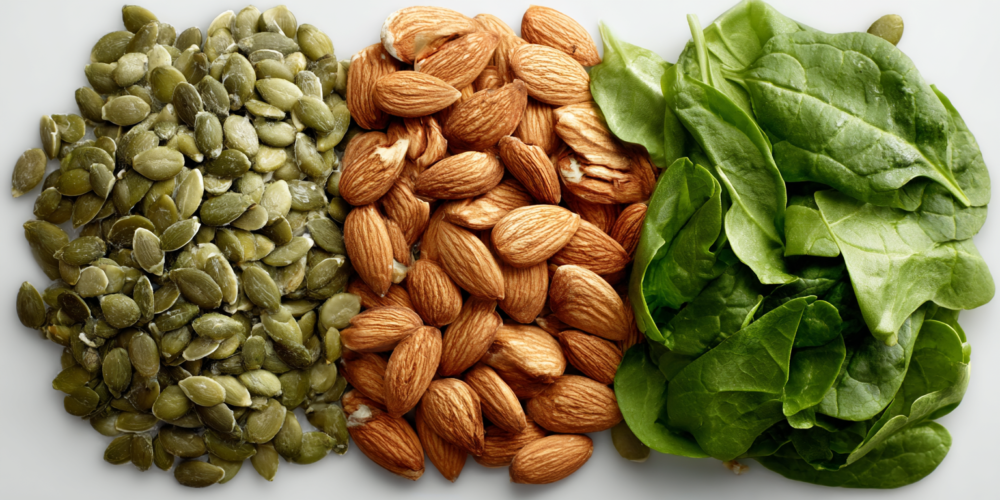
While Vitamin C builds the foundation, another mineral controls whether your blood vessels can relax or remain as tense as a guitar string. That mineral is magnesium, often called the “mineral of relaxation.” What’s the clearest sign you’re deficient? Those sudden, excruciating nighttime leg cramps that jolt you awake.
Magnesium acts like a master switch for your blood vessels. When you have enough, the smooth muscle walls of your arteries relax, allowing blood to flow freely. It’s the difference between a congested city street and a wide-open highway. Without sufficient magnesium, everything tenses up. Your arteries constrict, blood flow is hindered, and your legs feel the consequences at the end of the day. Those midnight calf cramps aren’t random; they are your body screaming for magnesium. This mineral governs the contraction and relaxation of every muscle, and when it’s lacking, your calf muscles can go into uncontrolled spasms. This constant tension has another effect: it makes it harder for blood to travel back up to the heart. If your veins are flexible hoses, they rely on the surrounding muscles to contract and relax, pumping the blood upward. If those muscles are perpetually tight from a lack of magnesium, it’s like pinching the hose. Flow is reduced, blood pools, and you feel that all-too-familiar heaviness. The modern lifestyle is a major culprit; stress, coffee, and alcohol all deplete your magnesium stores, while processed foods barely contain any. To fight back, incorporate spinach, almonds, and pumpkin seeds into your diet. A mere quarter-cup of pumpkin seeds provides about a third of your daily needs.
5. You’re Fueling a ‘Silent Fire’: Refined Flours and Sugar
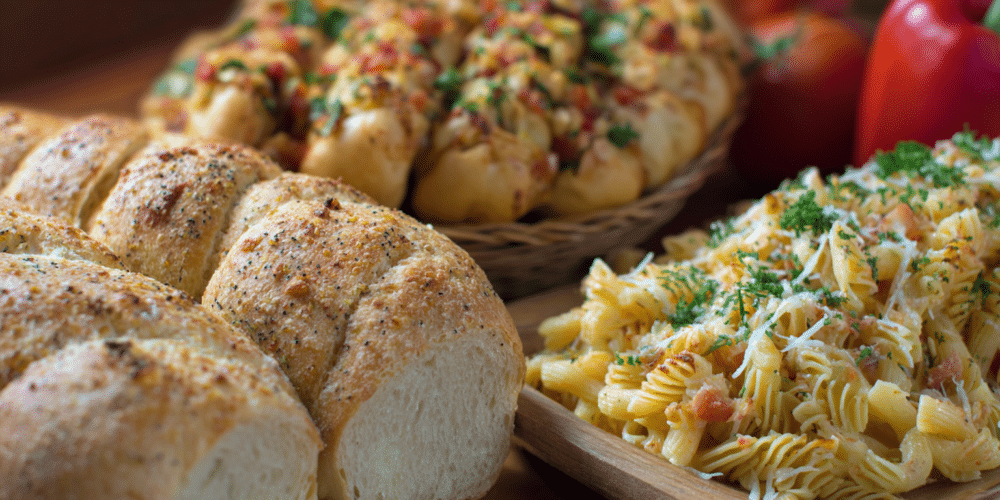
Here is the silent enemy I mentioned, hiding in plain sight in foods we consider normal, even “healthy.” Refined flours and added sugars—the white bread for your sandwich, the pasta for dinner, the afternoon cookies, the soda—are sabotaging your circulatory health. The first problem is inflammation. Every time you eat white bread or drink a sugary beverage, your body reacts by creating a low-grade, chronic inflammation. You don’t feel it immediately, but inside your arteries, a slow fire begins to burn, day after day, making your vessel walls rigid and inelastic.
The second blow comes from glucose spikes. Refined carbs cause your blood sugar to skyrocket. This excess glucose directly attacks the endothelium, that protective inner layer of your blood vessels. It’s like pouring a mild acid on a delicate surface. But it gets worse. A process called glycation occurs when too much sugar is in your blood. The sugar molecules literally stick to proteins, including the collagen in your blood vessels, essentially caramelizing your arteries from the inside out. The collagen becomes hard and brittle, losing its natural flexibility. Your vessels turn into rigid pipes that can’t expand or contract properly. The issue isn’t the occasional birthday cake; it’s the constant, daily assault. While you’re diligently taking Vitamin C and magnesium, these sugars and flours are undoing all your hard work. It’s like trying to fill a bucket with holes in it. The solution starts with reading labels. Sugar hides under many names (dextrose, maltose, corn syrup). Switch to true whole grains, legume-based pastas, and brown rice, and prioritize cooking with simple, recognizable ingredients.
4. You’ve Forgotten Your ‘Second Heart’: The Inactive Calf Pump

Your body has an amazing, built-in tool to help circulation that you’re probably not using: the calf muscle pump. Think of it as a “second heart” located in your legs. Every time you contract your calf muscles, you squeeze the deep veins in your legs, forcing blood upward toward your heart against the pull of gravity. It’s like squeezing a tube of toothpaste from the bottom.
The problem is our modern, sedentary lifestyle. We spend hours sitting at a desk, standing still, or lying on the couch. During this time, the pump is inactive. Blood pools in the lower legs, the veins dilate under the weight of the stagnant fluid, and by evening, you feel that familiar heaviness and see the swelling. The solution is so simple it’s almost hard to believe: calf raises. Simply stand up, rise onto your tiptoes, hold for a moment, and lower yourself back down. When you rise up, your calf muscles contract powerfully, compressing the veins and pushing blood upward. As you lower, the veins refill, ready for the next pump. You can do this anywhere—while waiting for your tea to brew, talking on the phone, or standing in line. Consistency is more important than intensity. Aim for 20 repetitions every hour or two rather than one intense session. This keeps the pump active throughout the day, and your legs will thank you for it.
3. Your Cellular ‘Power Plants’ Are Shutting Down: Vitamin B3 (Niacin) Deficiency
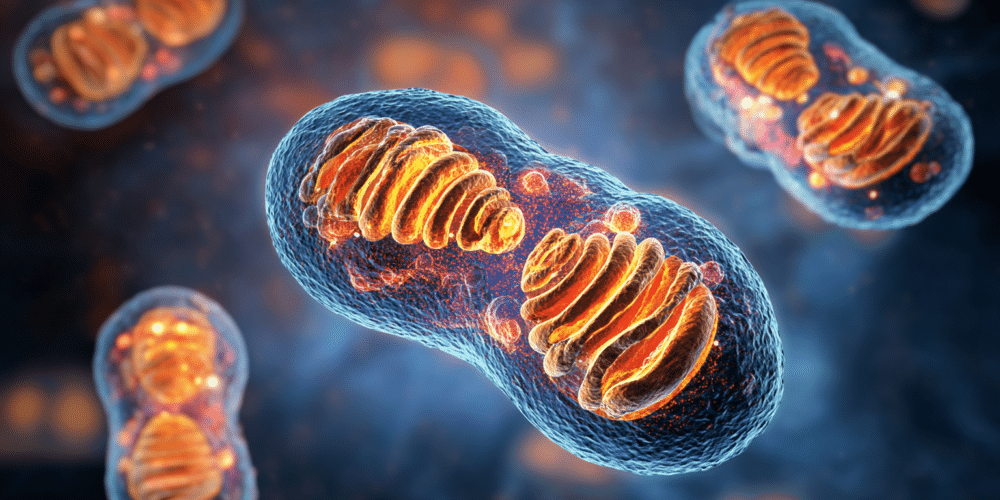
Do you feel exhausted from the moment you wake up, no matter how much you sleep? This profound fatigue could be linked to a deficiency in Vitamin B3, also known as niacin. Your energy doesn’t just come from sleep; it’s generated inside every cell in your body by tiny power plants called mitochondria. Niacin is an essential component for converting the food you eat into usable energy (ATP). Without enough B3, your mitochondria work at half-speed, and you feel it as deep fatigue, especially in your legs, which have to fight gravity all day.
But niacin has a second superpower crucial for circulation: it’s a natural vasodilator. It helps relax and widen your blood vessels. When you eat foods rich in B3, like mushrooms or peanuts, your arteries open up a bit more, allowing blood to flow with less resistance. This is like expanding a two-lane road into a four-lane highway. This dilation reduces pressure inside the vessels, meaning your heart doesn’t have to pump as hard, and blood can more easily reach every corner of your body, including your ankles and calves. Excellent sources include mushrooms (shiitake and portobello are great), legumes like lentils, and nutritional yeast, a hidden gem. Just two tablespoons of nutritional yeast can provide all the B3 you need for a day. One important note: coffee can interfere with B3 absorption, so try to wait at least an hour between your coffee and your niacin-rich meal.
2. You’re Destroying Nutrients in Your Own Kitchen: Improper Food Preparation

You can buy the healthiest, most nutrient-dense foods, but if you prepare them incorrectly, you could be throwing their benefits down the drain—literally. Imagine you buy fresh spinach, full of magnesium. You boil it for 10 minutes, then strain it, pouring the green water away. You’ve just discarded up to 80% of its minerals. This is a common form of nutritional sabotage.
Water is a primary thief of water-soluble nutrients like magnesium and B vitamins. Steaming vegetables until they are bright and crisp, rather than boiling them until they are dull and mushy, preserves these vital compounds. Another major error involves legumes and nuts. They contain natural compounds called phytates, which bind to minerals like magnesium, zinc, and iron, preventing your body from absorbing them. The ancient solution is simple: soaking. When you soak beans, nuts, or seeds overnight, you activate enzymes that neutralize these phytates, unlocking the minerals for your body to use. Heat is another critical factor. High temperatures destroy delicate B vitamins. Finally, even healthy foods need proper handling. Crushing or chopping garlic and letting it rest for 10 minutes before cooking allows the protective compound allicin to form. And that heart-healthy extra virgin olive oil? It loses its anti-inflammatory benefits when heated too high. Use it for dressings or add it at the end of cooking instead. These small changes ensure that the healthy food you buy actually becomes medicine for your veins.
1. Your Calcium ‘GPS’ is Broken: Vitamin K2 Deficiency
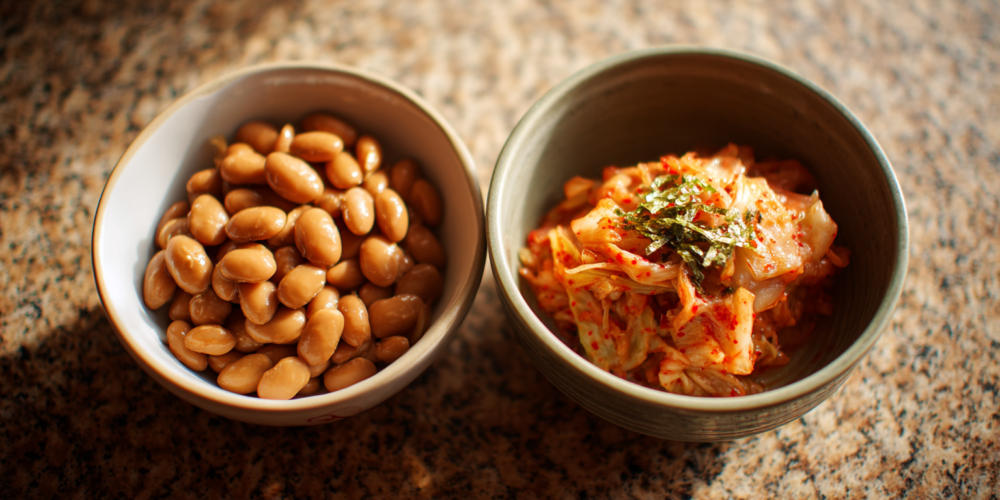
There is a little-known vitamin that acts as the traffic director for calcium in your body. Without it, this essential mineral can end up hardening your arteries instead of strengthening your bones. This is Vitamin K2. It’s important to distinguish it from Vitamin K1, which is found in leafy greens and helps with blood clotting. Vitamin K2 has a different job: it’s the GPS that tells calcium where to go.
Without enough K2, the calcium you consume from your diet or supplements doesn’t just go to your bones and teeth. It gets deposited in the soft tissues of your body, most dangerously in the walls of your blood vessels. This process is called arterial calcification. Your arteries, which should be flexible and elastic, slowly become rigid like PVC pipes. They can no longer expand to accommodate blood flow, pressure rises, and circulation suffers. Your legs, being furthest from the heart, are the first to feel the effects. The richest food source of K2 is natto, a Japanese dish of fermented soybeans, but its strong taste and sticky texture are not for everyone. For supplementation, the MK-7 form is most effective. Crucially, K2 works as part of a team with Vitamin D and magnesium. Vitamin D helps you absorb calcium, and K2 tells it where to go. Taking calcium and Vitamin D without ensuring you have enough K2 is like hiring a delivery driver without giving them an address.
News in the same category


SHOCKING NEW STUDY REVEALS WHAT MIGHT BE SILENTLY DESTROYING HUMAN FERTILITY

POPULAR SHAMPOO URGENTLY RECALLED BECAUSE IT CONTAINS BACTERIA THAT KILLS UP TO ONE IN TEN PATIENTS

Nurse who's witnessed 'so many deaths' explains spine-chilling moment she realised 'what happens after we die'
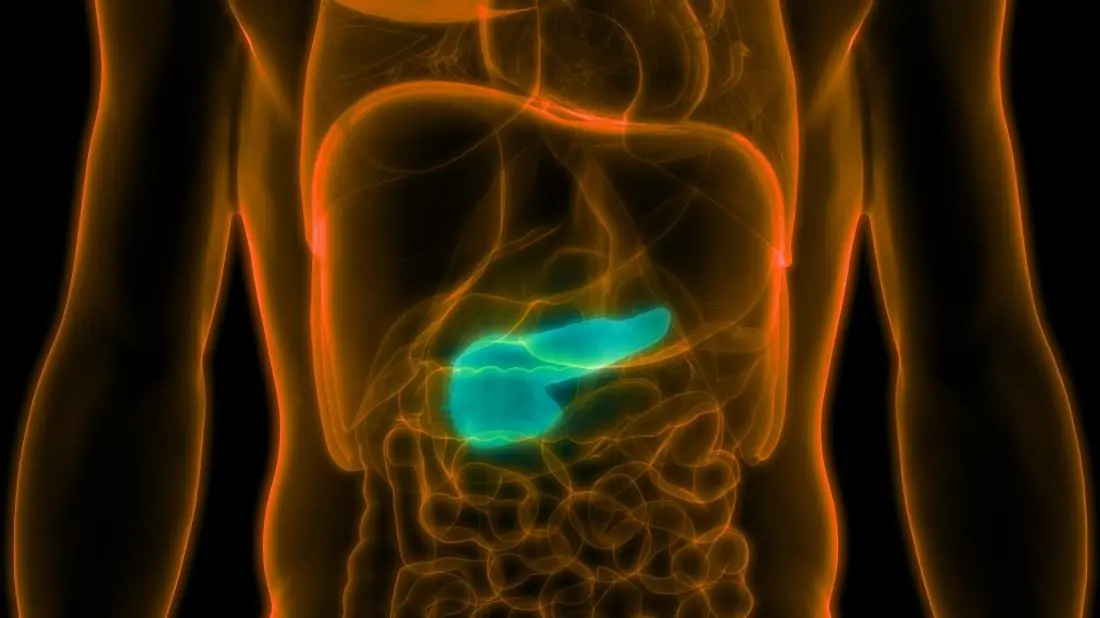
The influenza flu virus is being used to cure pancreatic cancer

Eye Doctor Reveals What To Do If You Start Seeing ‘Floaters’
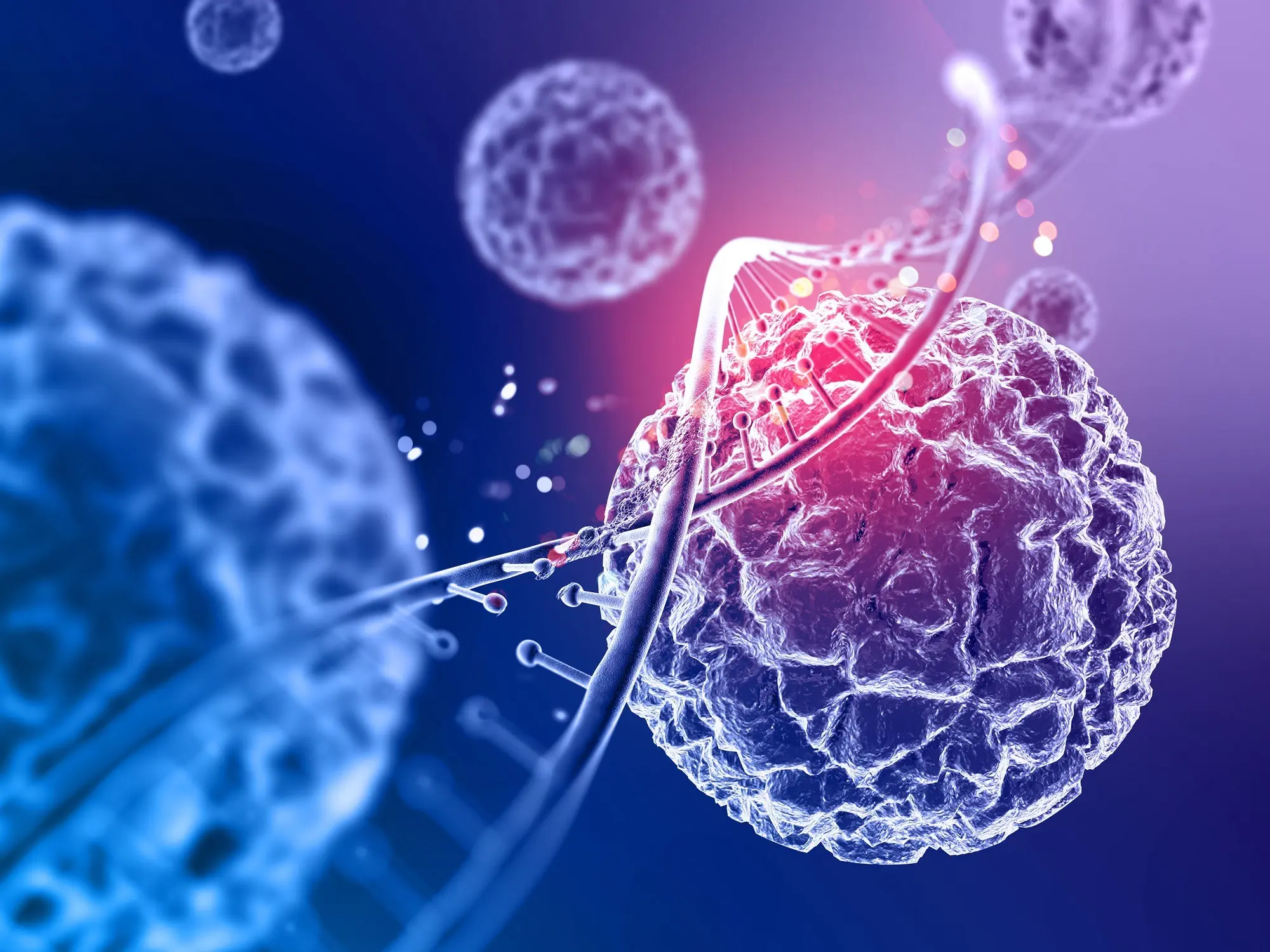
If cancer cells are present in the body, these 3 symptoms often appear in the morning everyone should pay attention
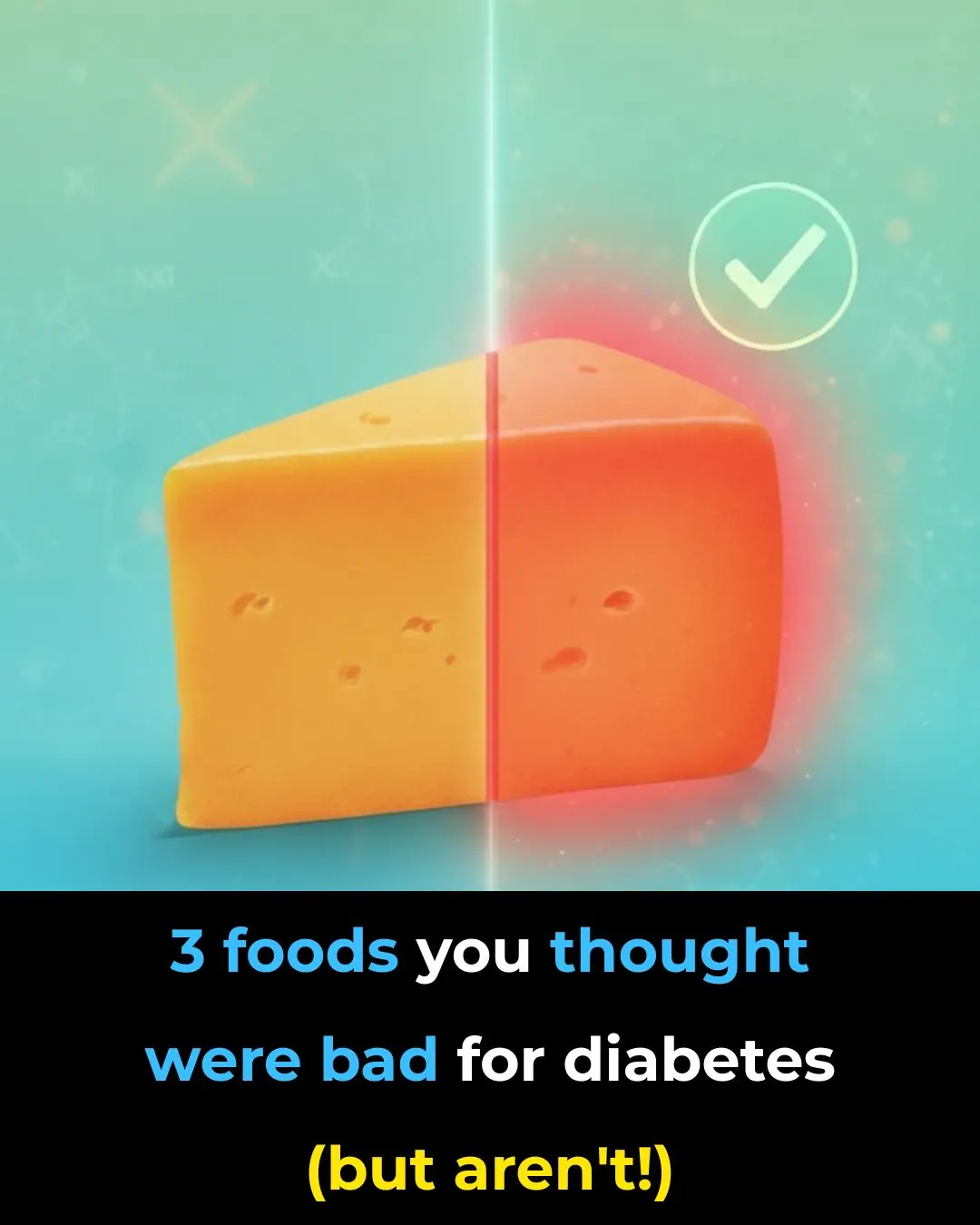
3 foods you thought were bad for diabetes (but aren’t!)
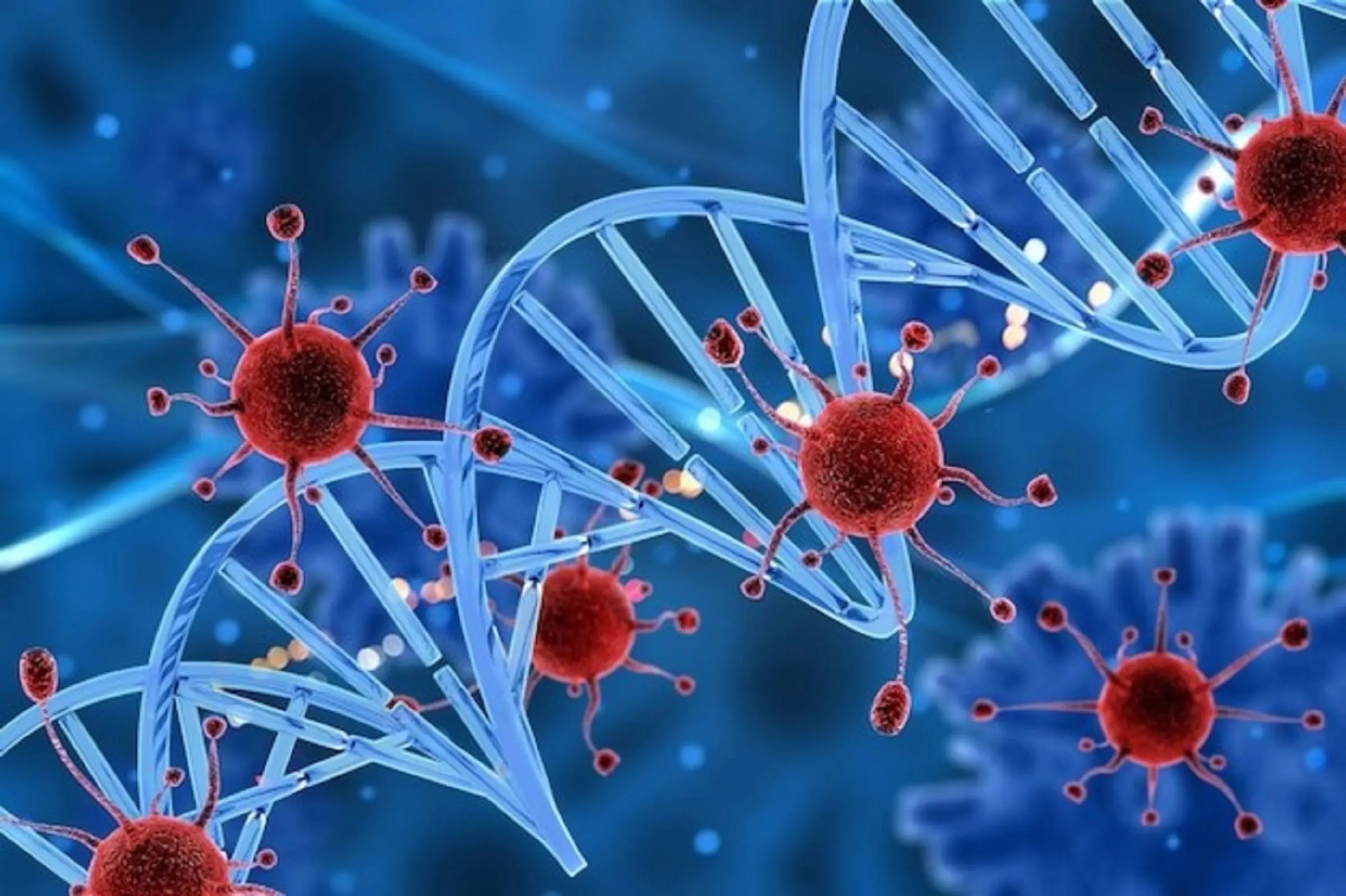
CANCER IS PAINLESS AT FIRST, BIT IF YOU SEE THESE 8 SIGNS WHEN GOING TO THE TOILET, YOU SHOULD SEE A DOCTOR IMMEDIATELY
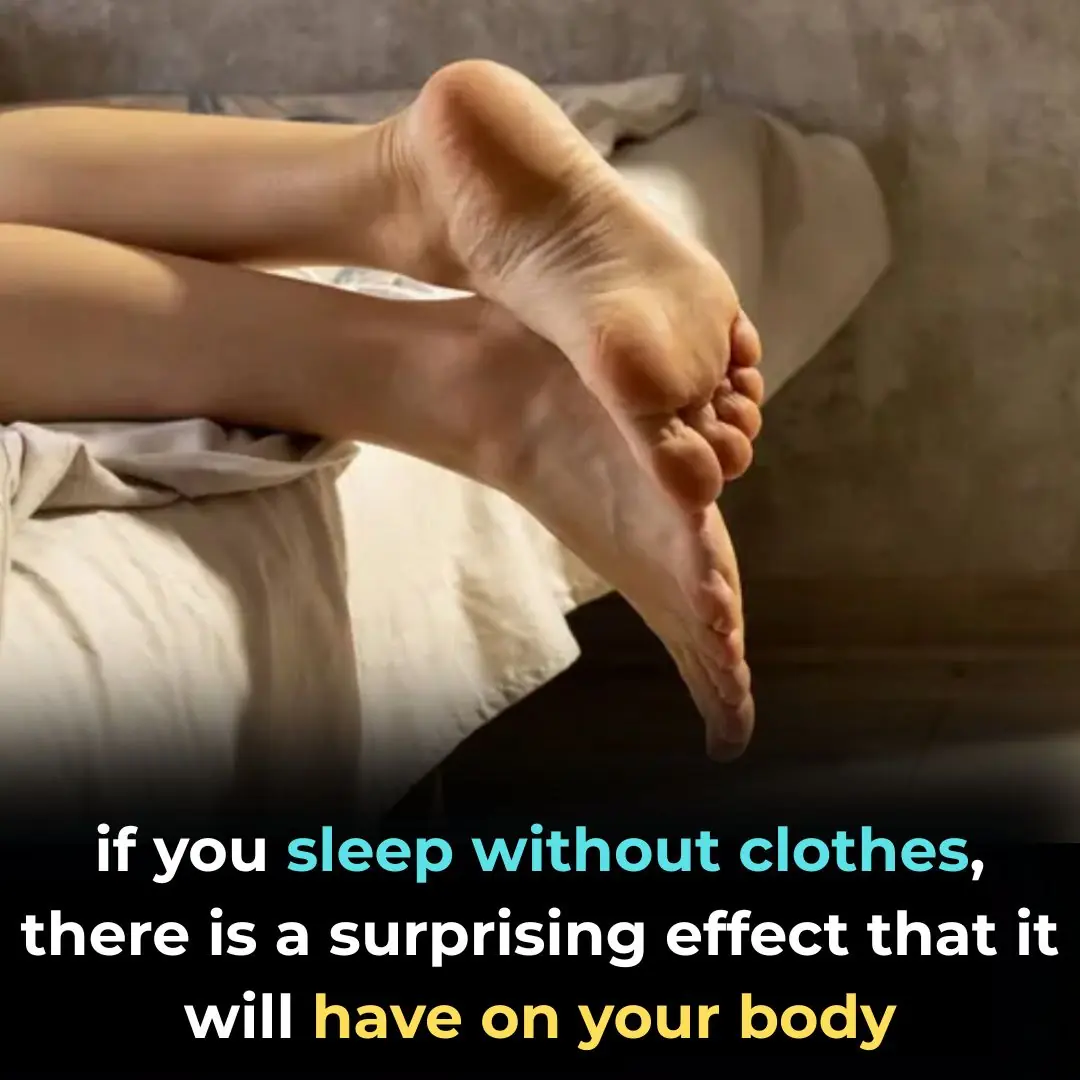
Sleeping Naked: 8 Surprising Benefits

What Happens To Your Skin When You Rub An Ice Cube On Your Face
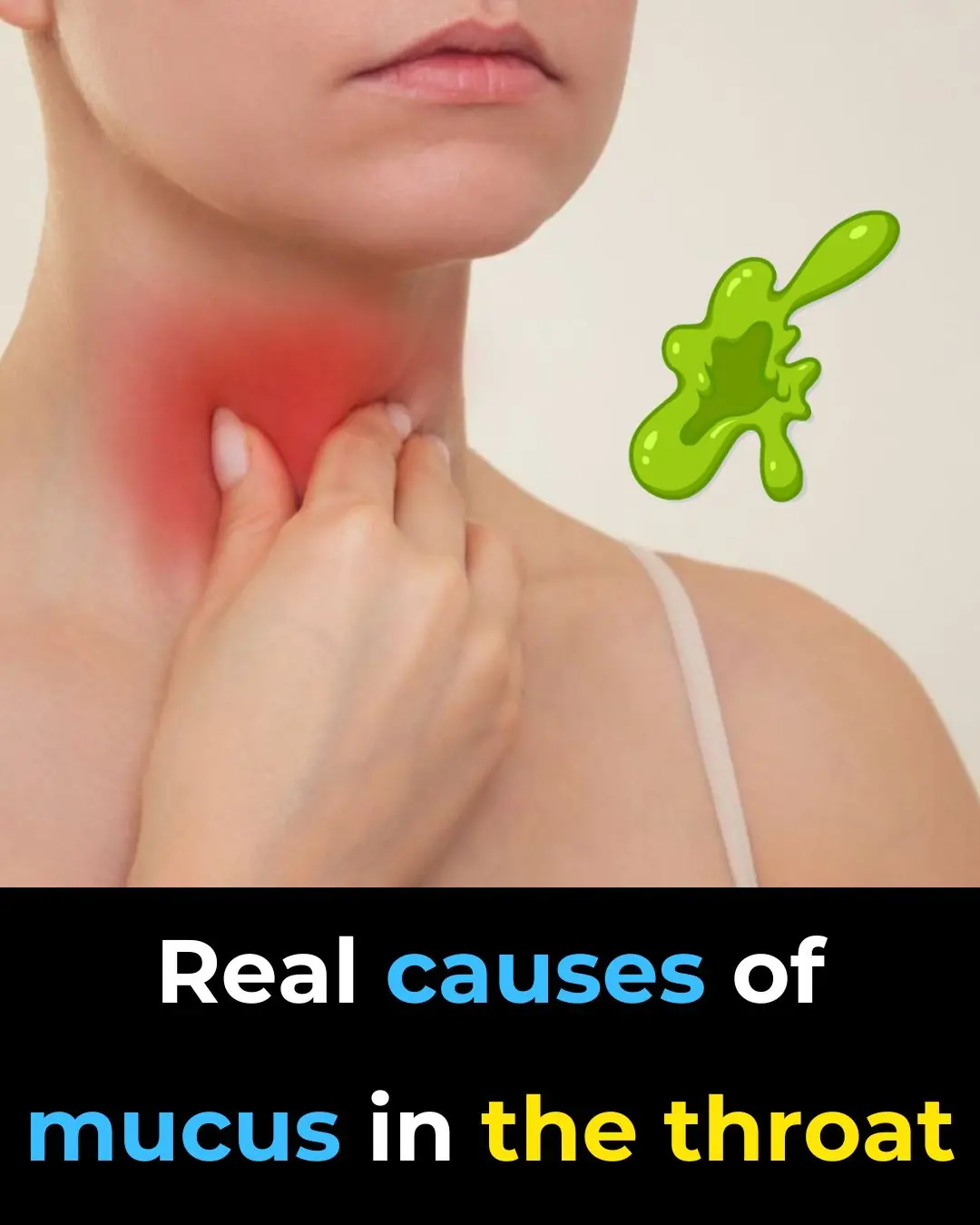
🤢 The Real Causes of Constant Phlegm and Mucus in Throat — And How to Get Rid of It
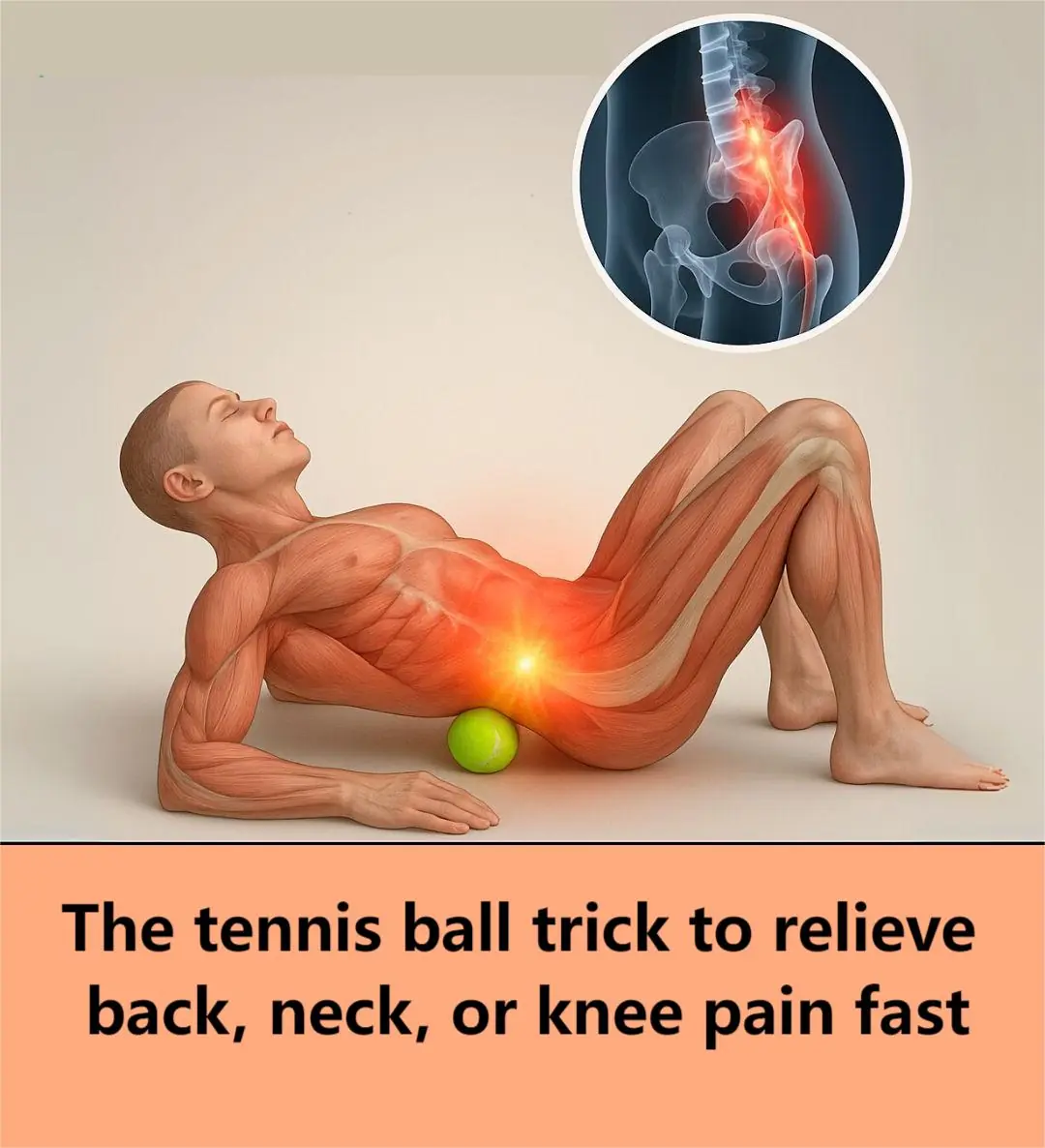
The Tennis Ball Trick That Can Relieve Back, Neck Or Knee Pain In Seconds
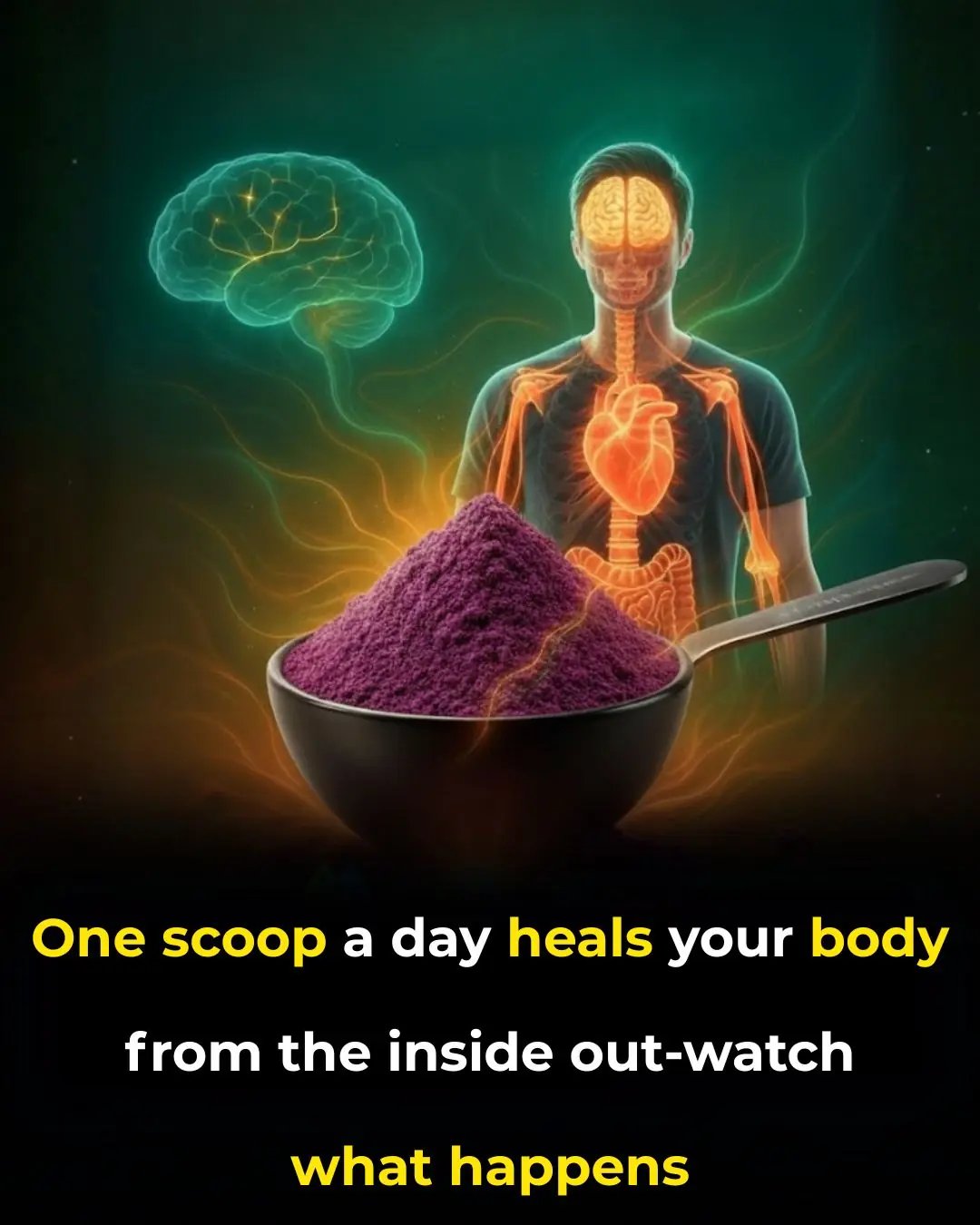
One scoop a day heals your body from the inside out — watch what happens
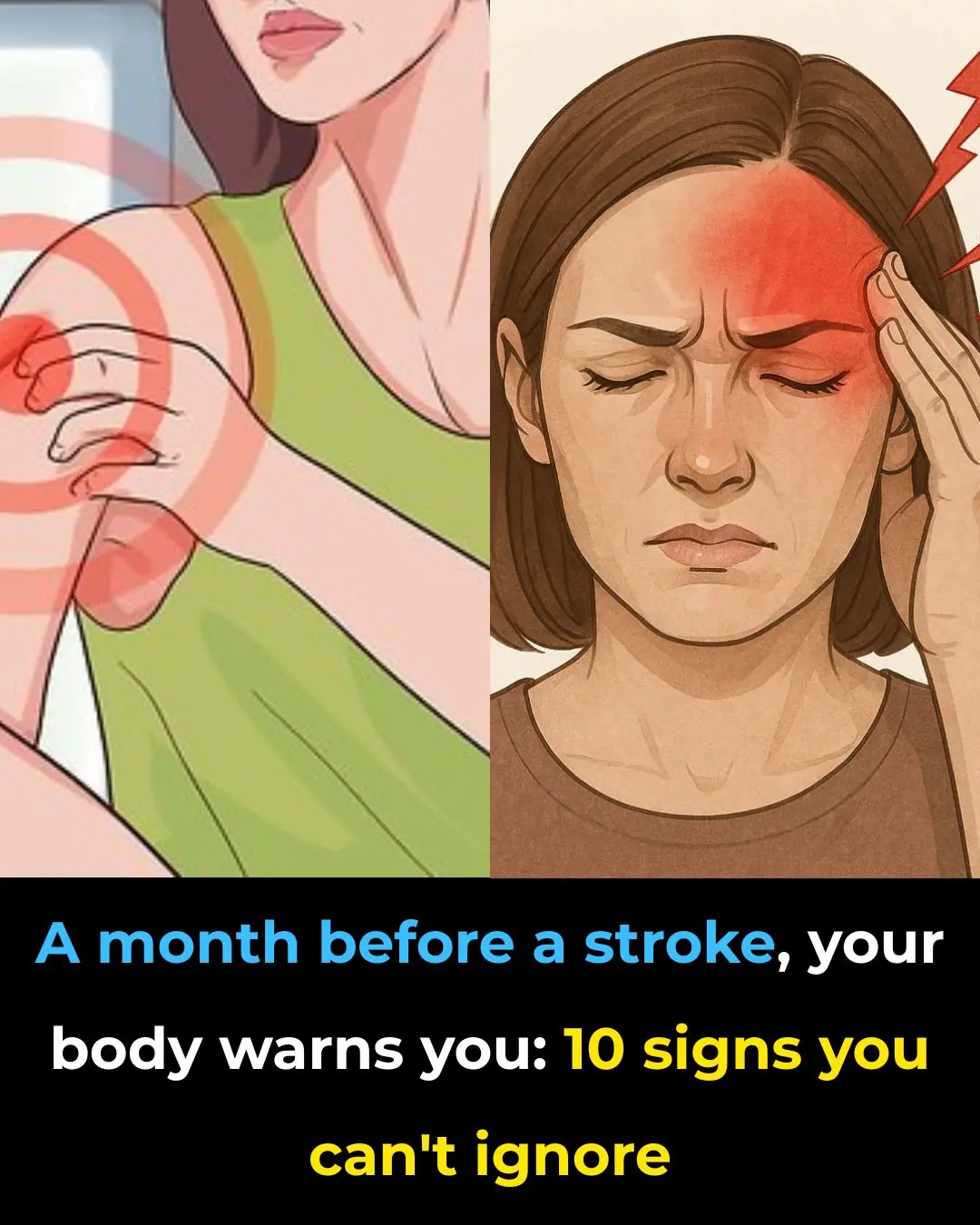
🧠 A Stroke Can Happen Suddenly — But Your Body Might Send Early Warnings (Know the Signs)

Are You Being Lied To About What Your Blood Pressure Should Be? — Read This Before You “Chase the Number”
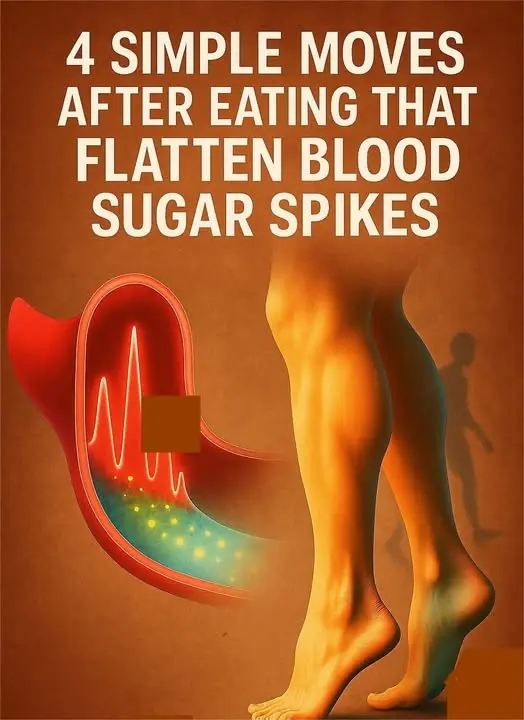
4 simple moves after eating that flatten blood sugar spikes

This Miraculous Drink Will Work Wonders for Your Thyroid
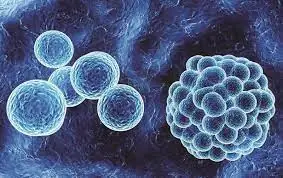
This Starves Colon Cancer Cells — and Strengthens Your Body’s Natural Defenses
News Post
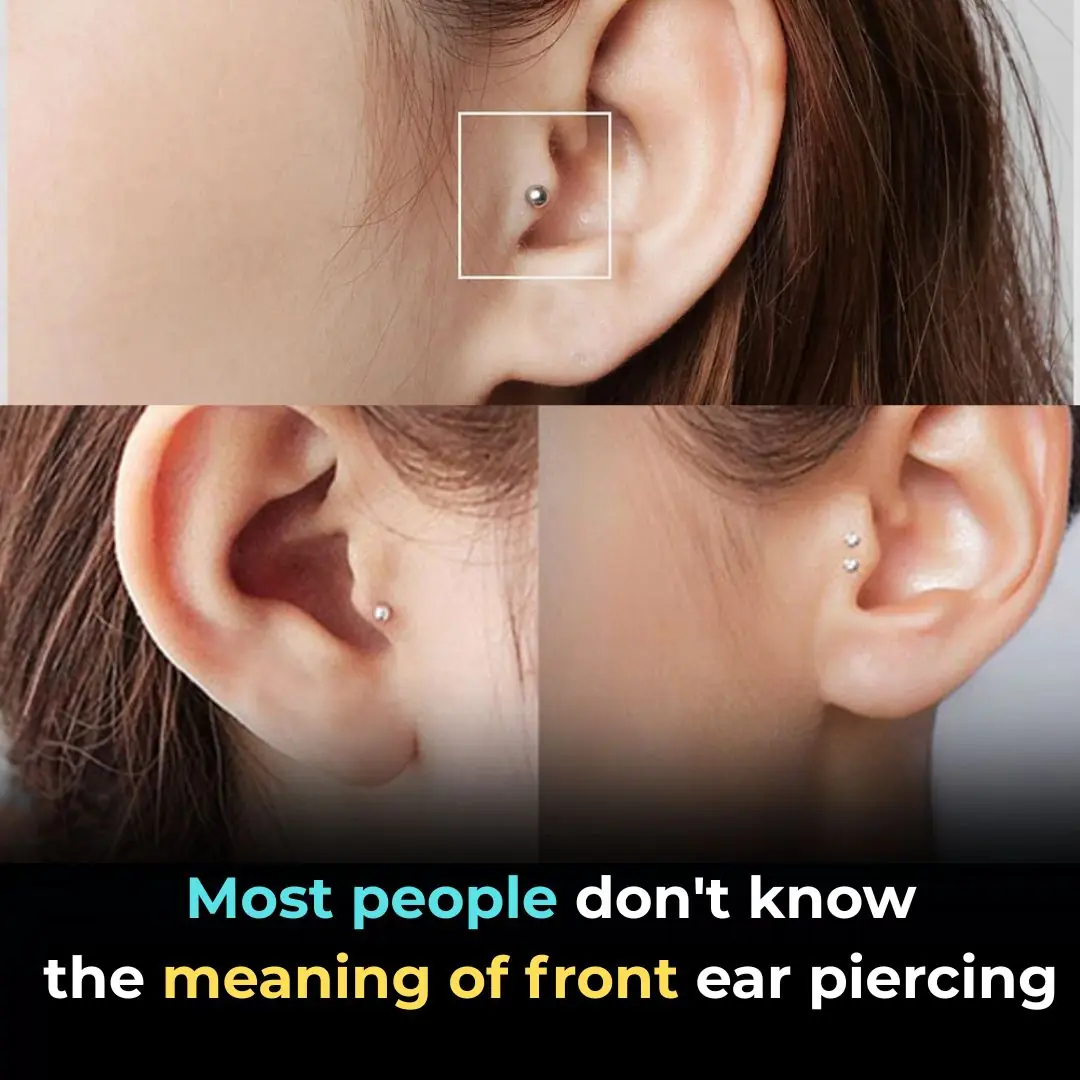
Tragus Piercing What Does It Mean
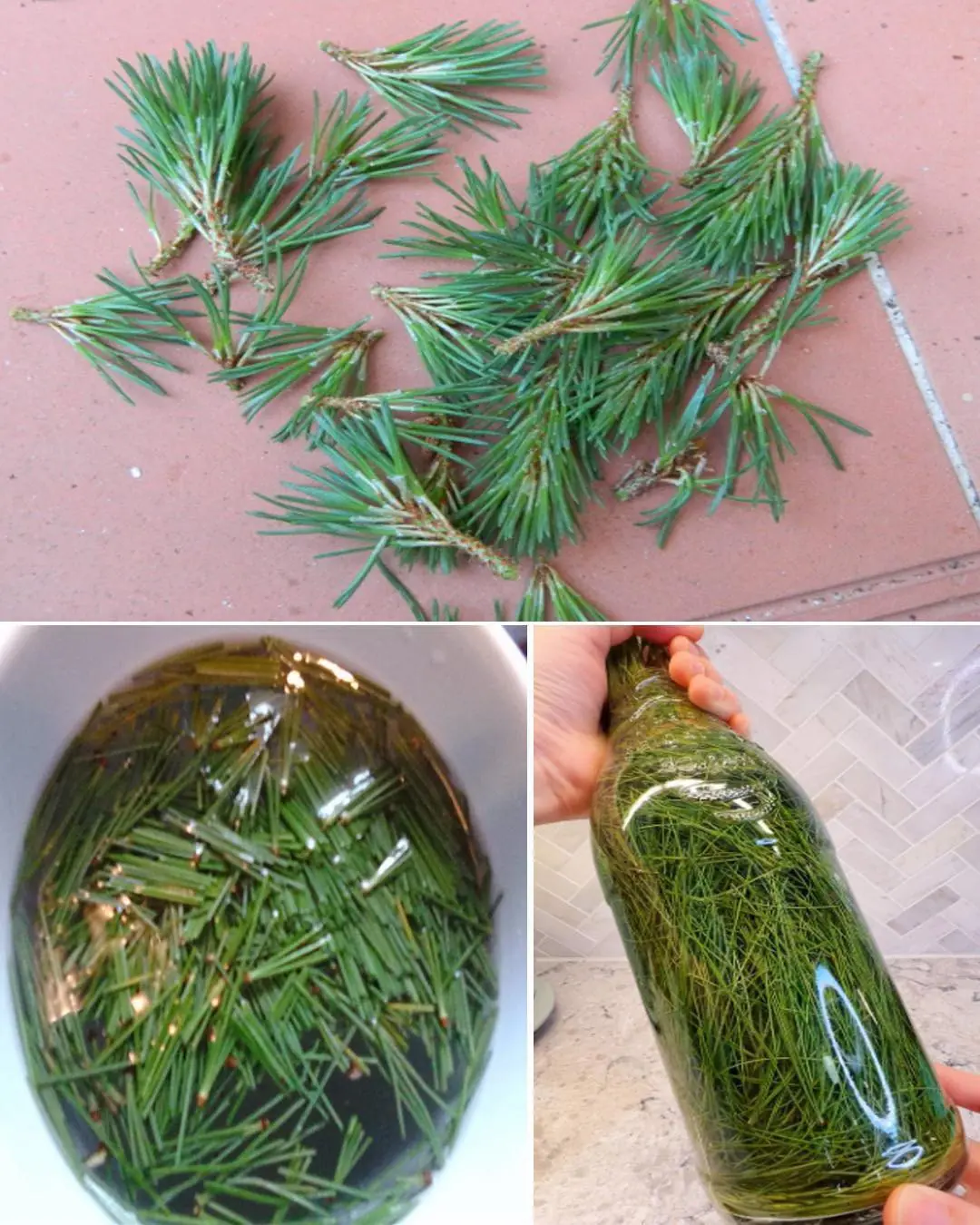
9 Health Benefits of Pine Needles

Unlock The Incredible Health Benefits of Garlic, Ginger and Lemon for Men
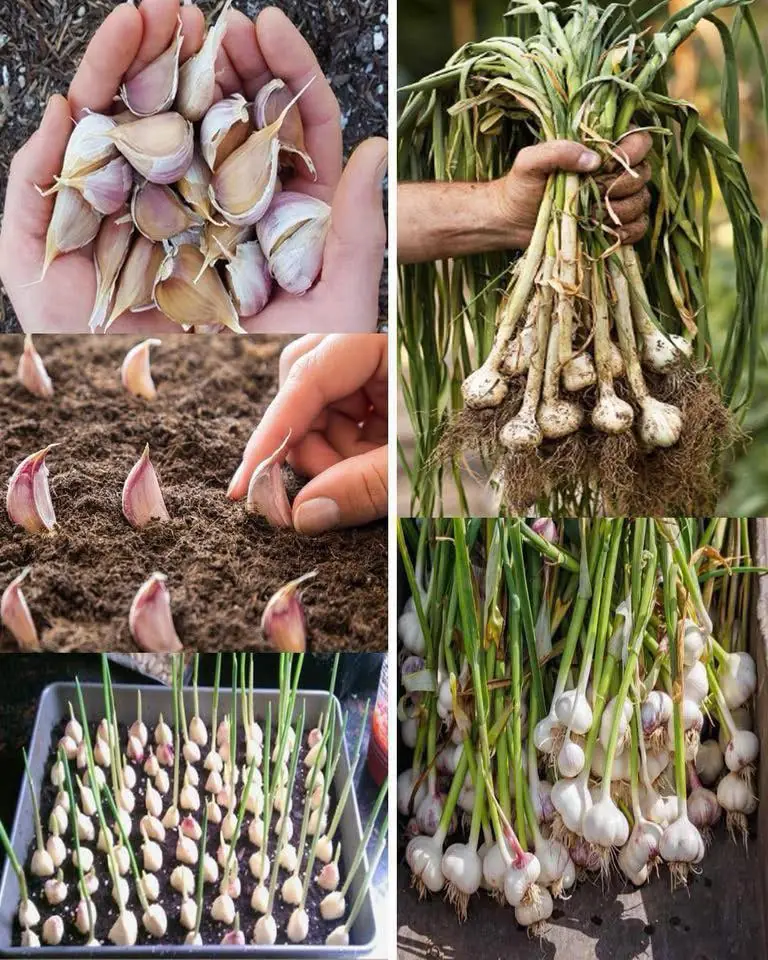
A special method to grow garlic in plastic bottles
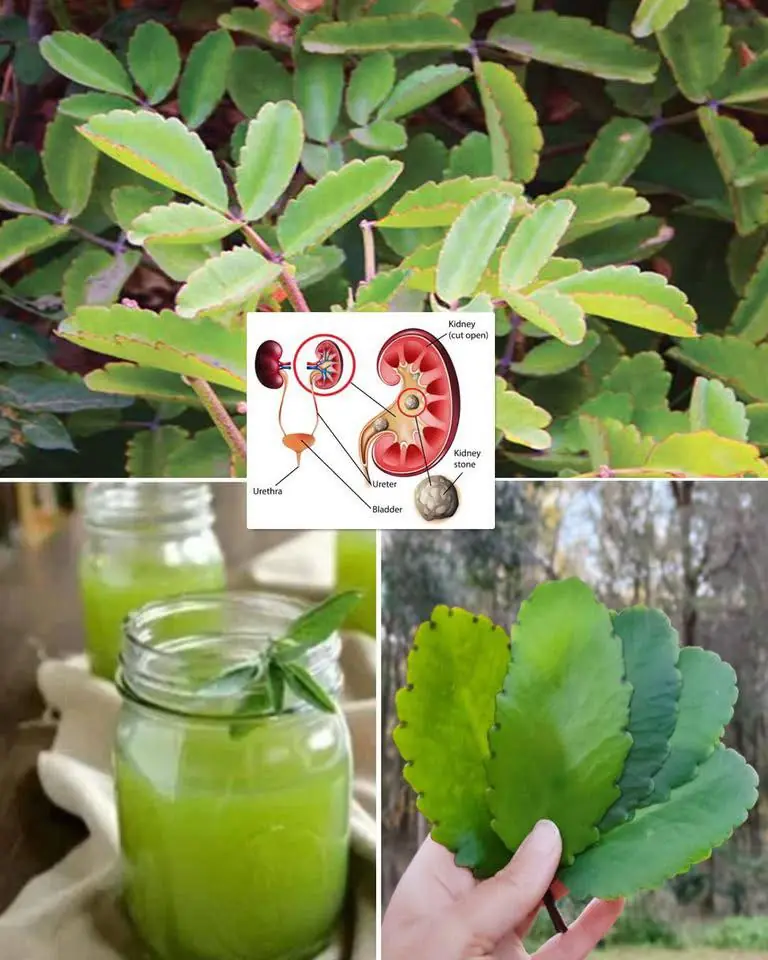
7 Benefits of the Miracle Leaf of Life
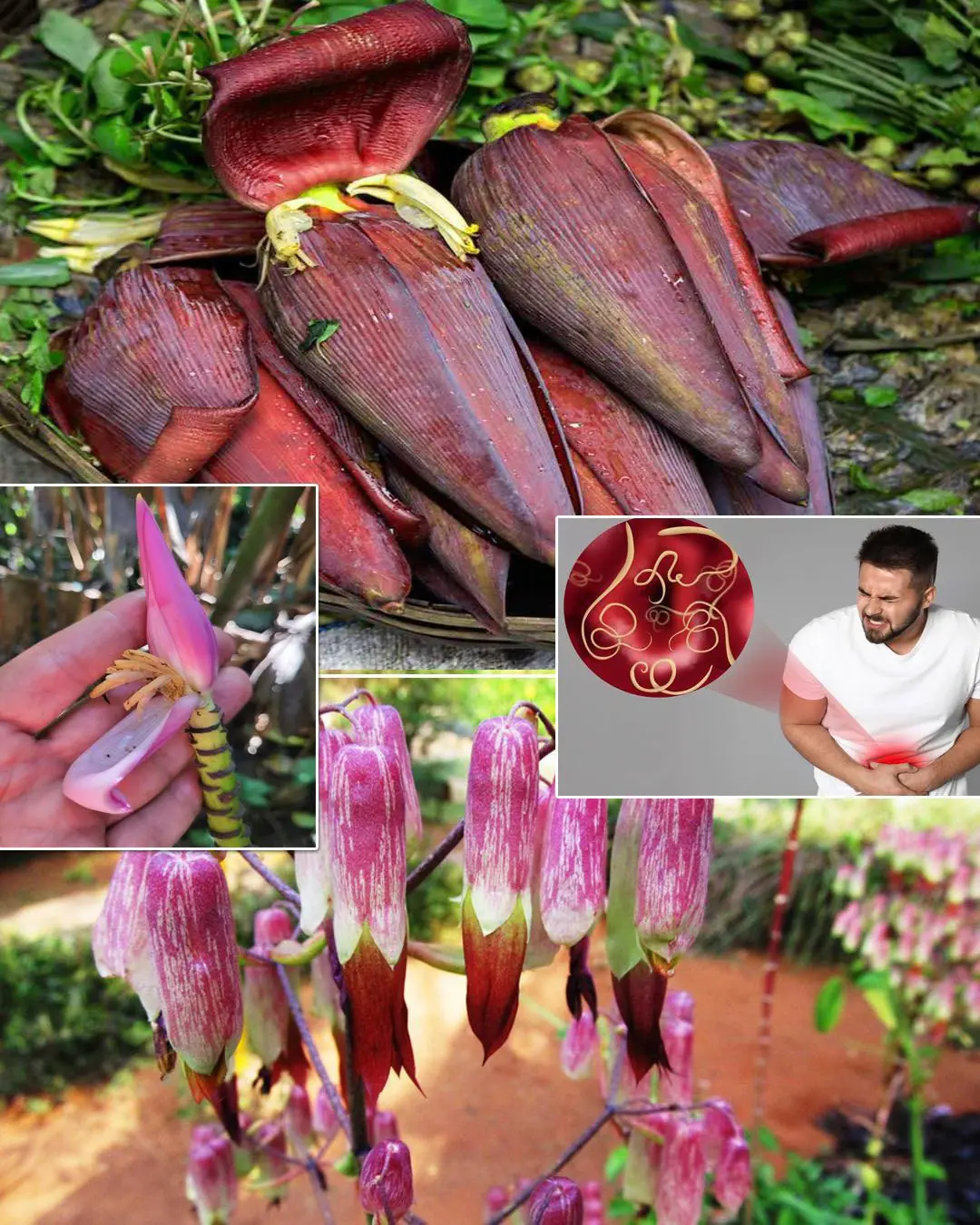
7 Amazing Health Benefits of Banana Blossoms
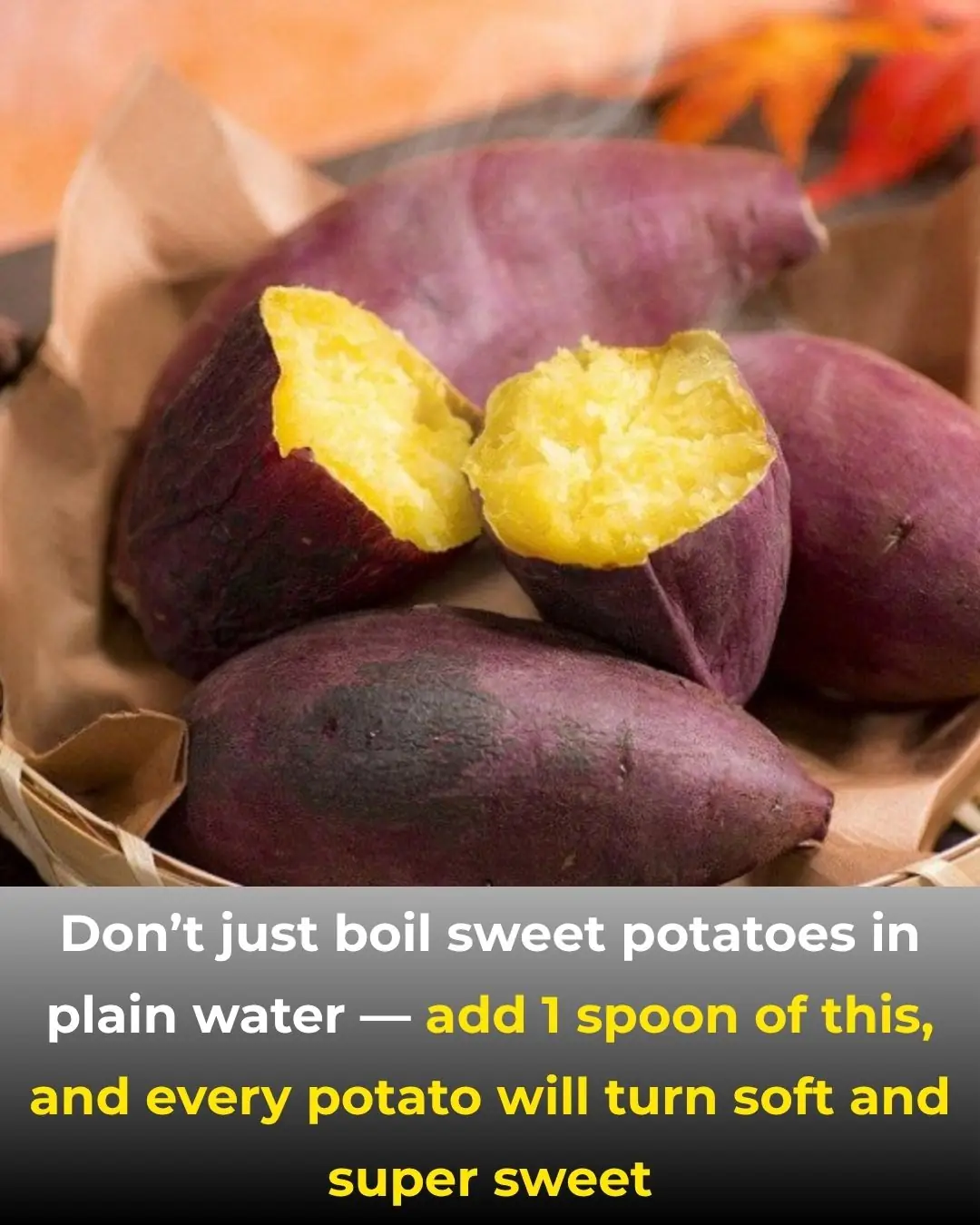
Boiling Sweet Potatoes: Don’t Just Add Plain Water—Add This Spoonful for Perfectly Fluffy, Sweet Results
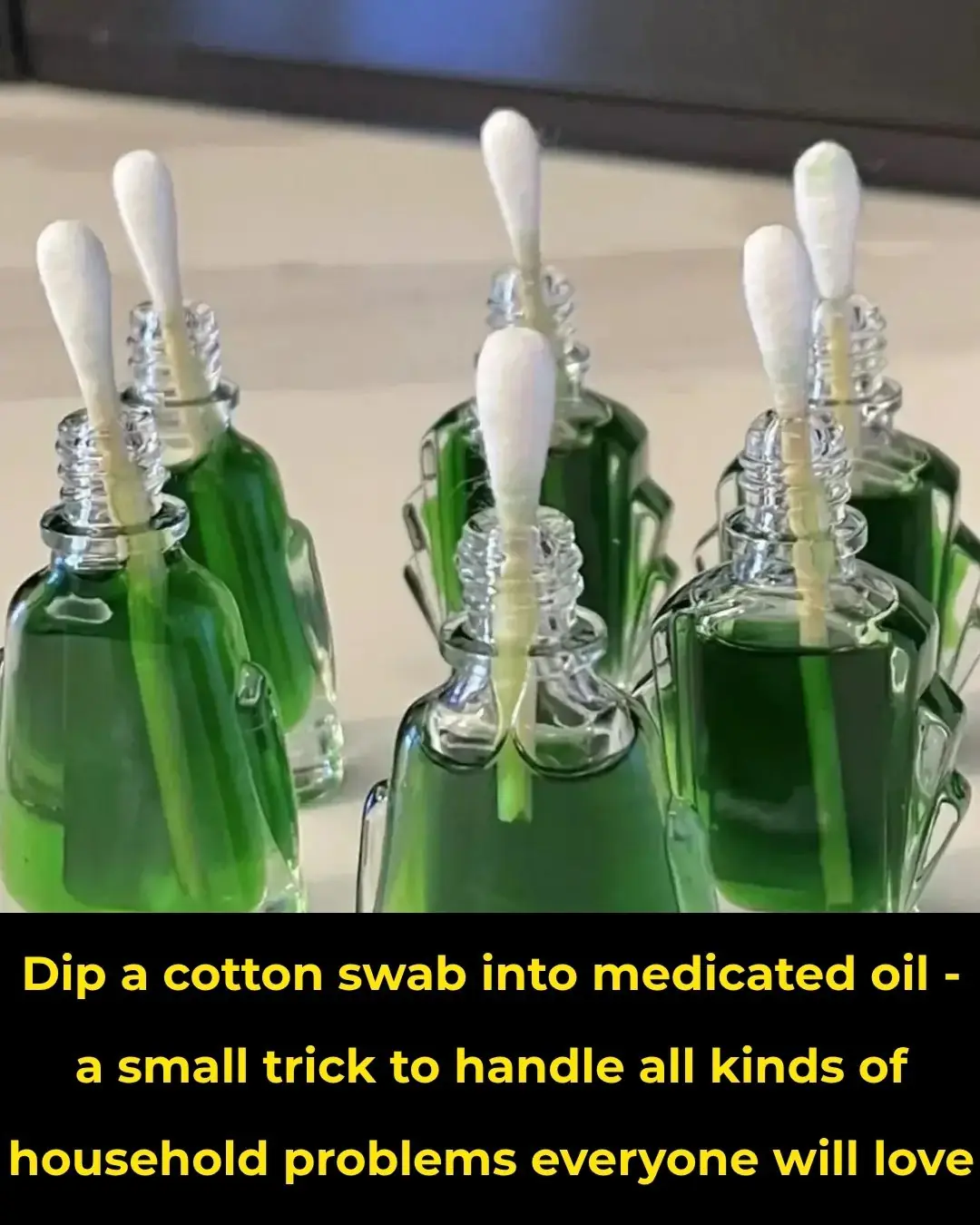
The Science Behind Putting a Cotton Swab in a Menthol Oil Bottle
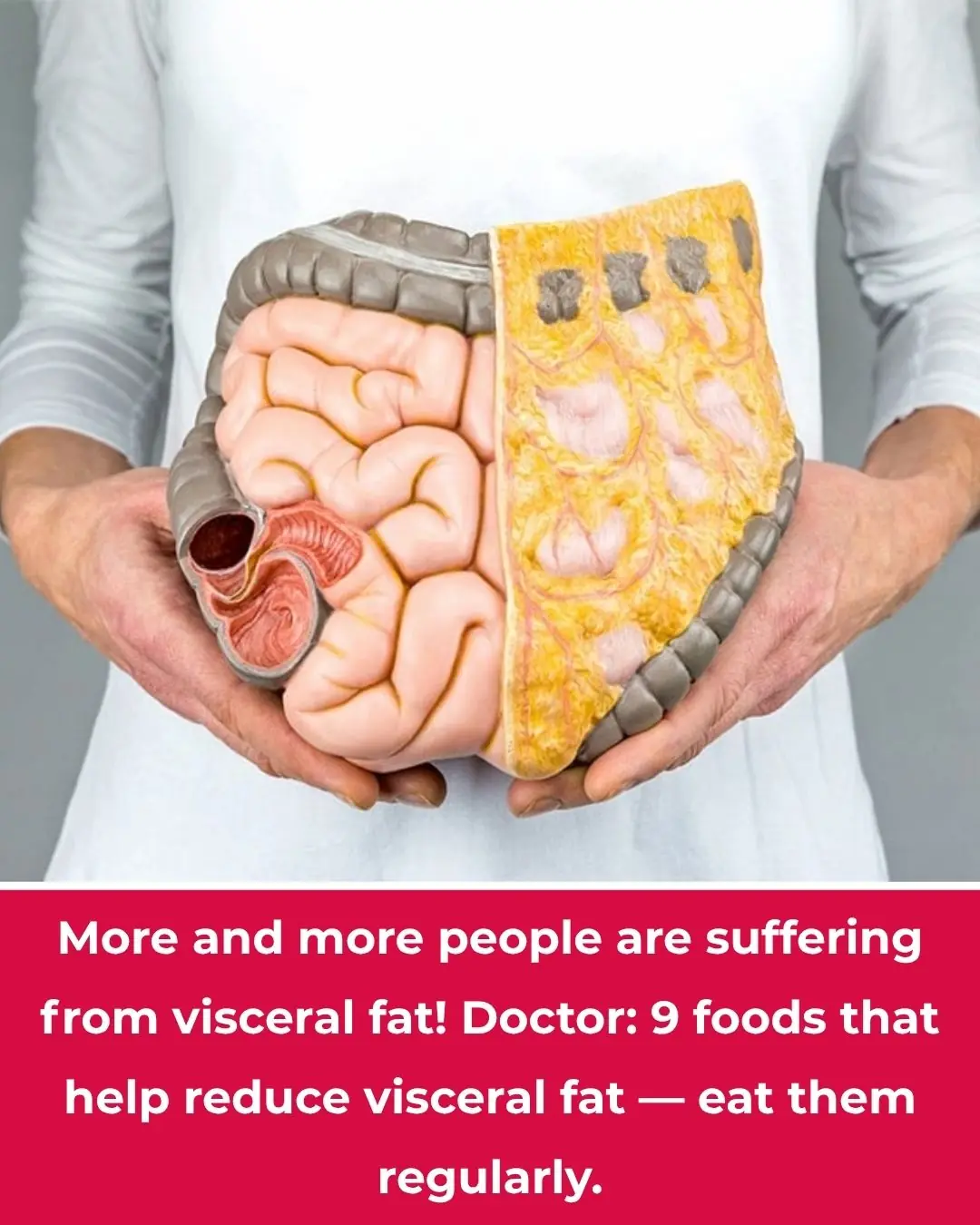
More People Are Struggling with Visceral Fat — Doctors Reveal 9 Foods That Help Burn It Naturally
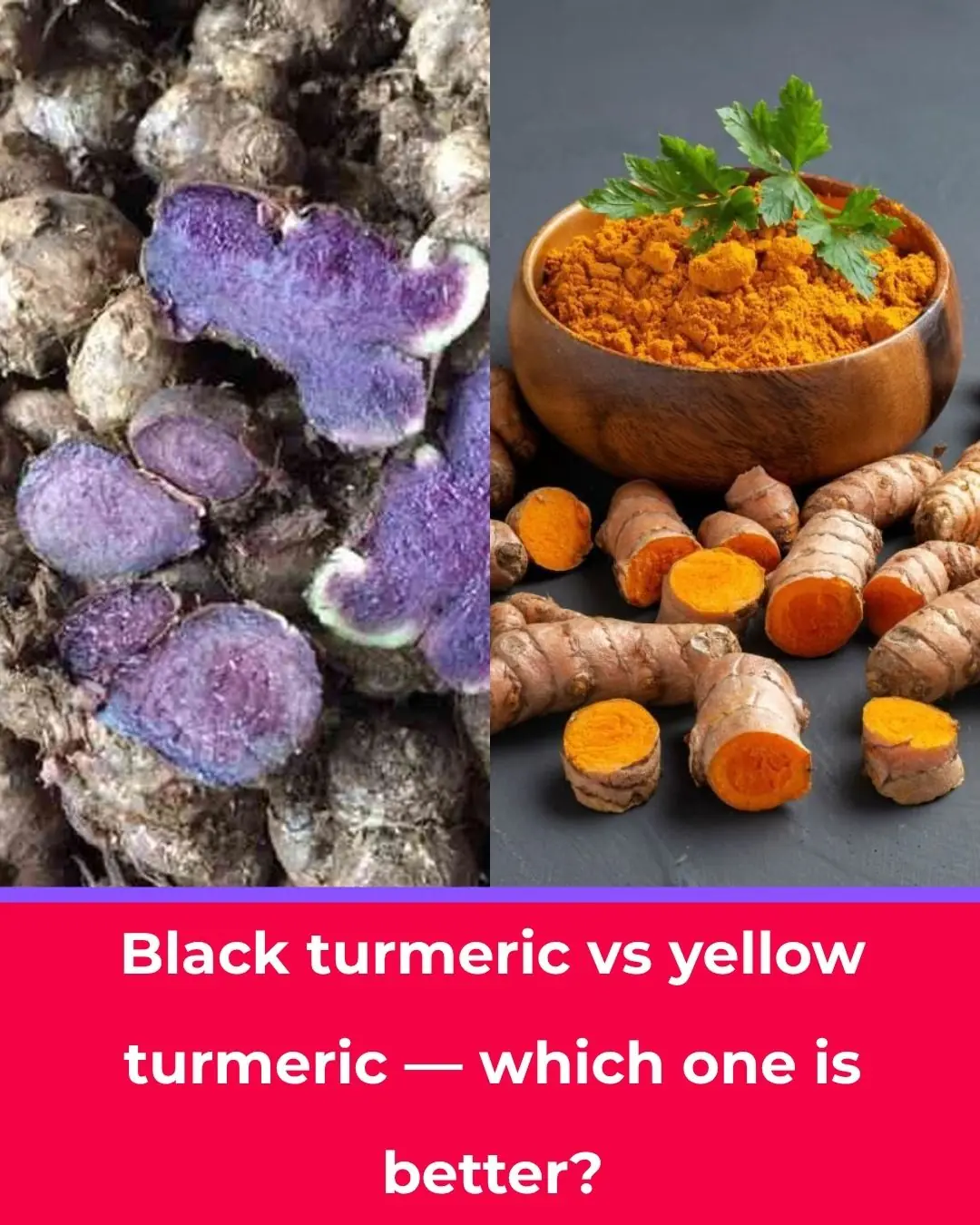
Black Turmeric vs. Yellow Turmeric: Which One Is Better?

Starve cancer: the diet rotation strategy you need to know

Like to see more from Tips for the Home
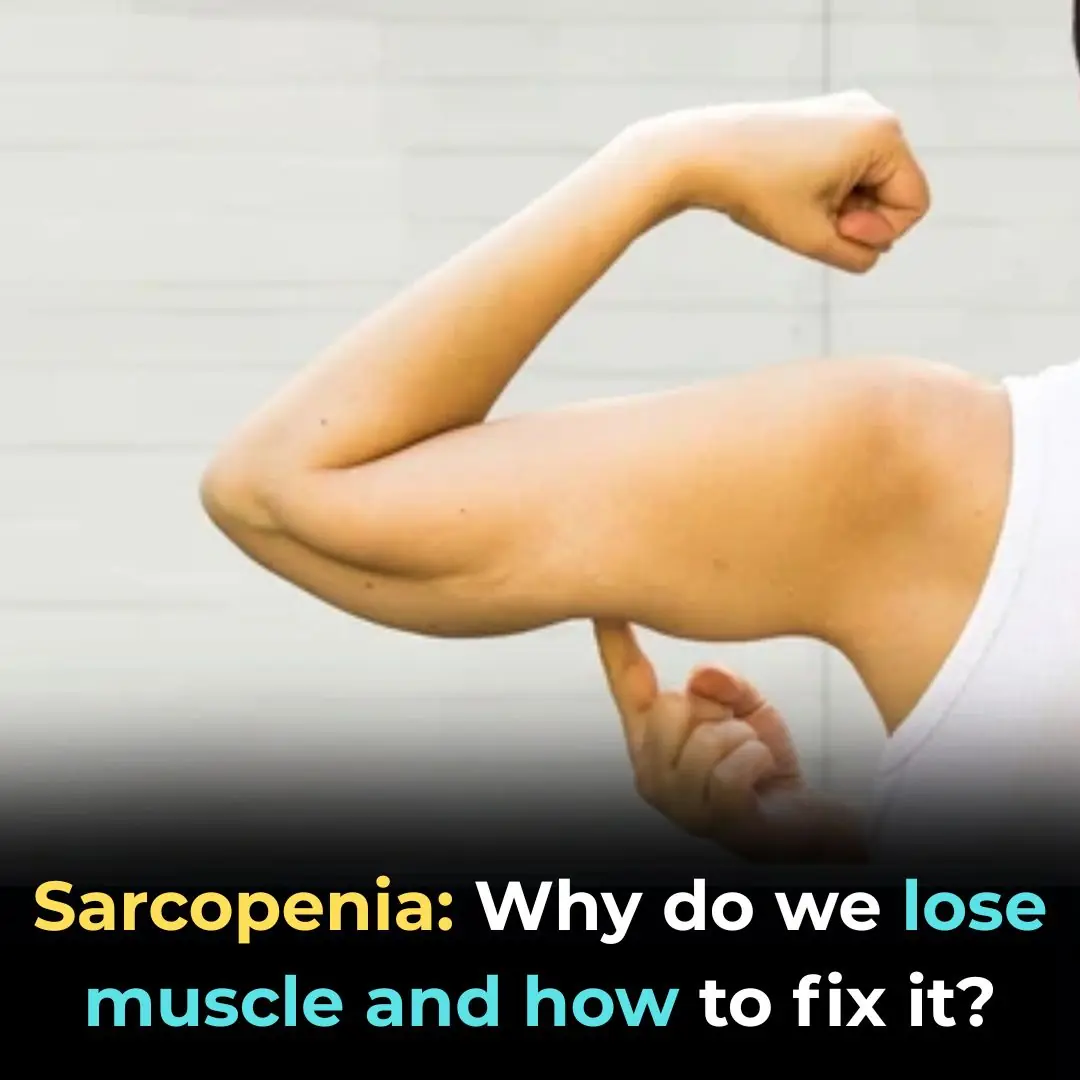
💪 Sarcopenia: Why Muscle Loss Happens & How to Fight It (After 50)
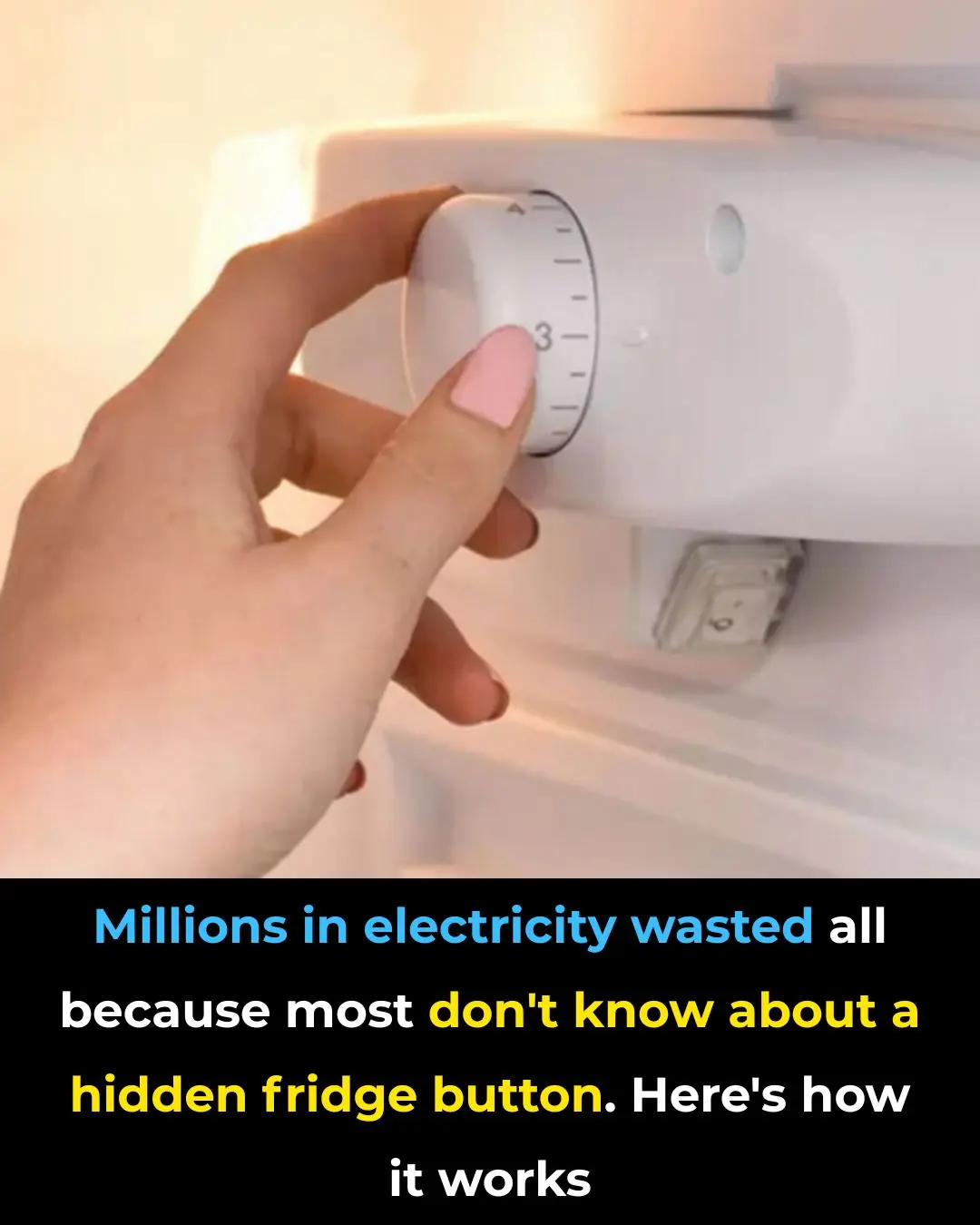
I Had No Idea About This!
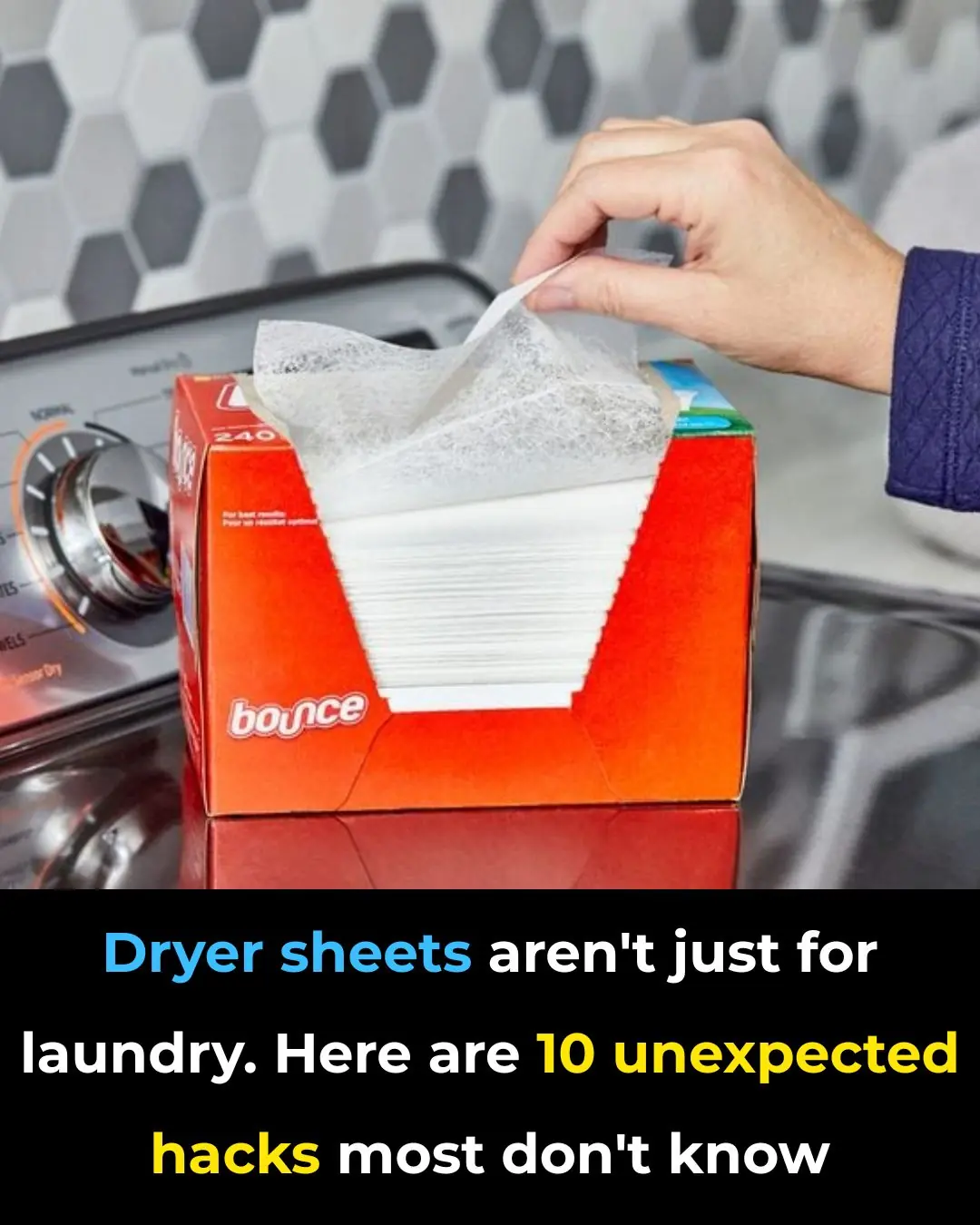
These Ideas Are Amazing: 10 Clever Ways to Use Dryer Sheets Beyond the Laundry Room
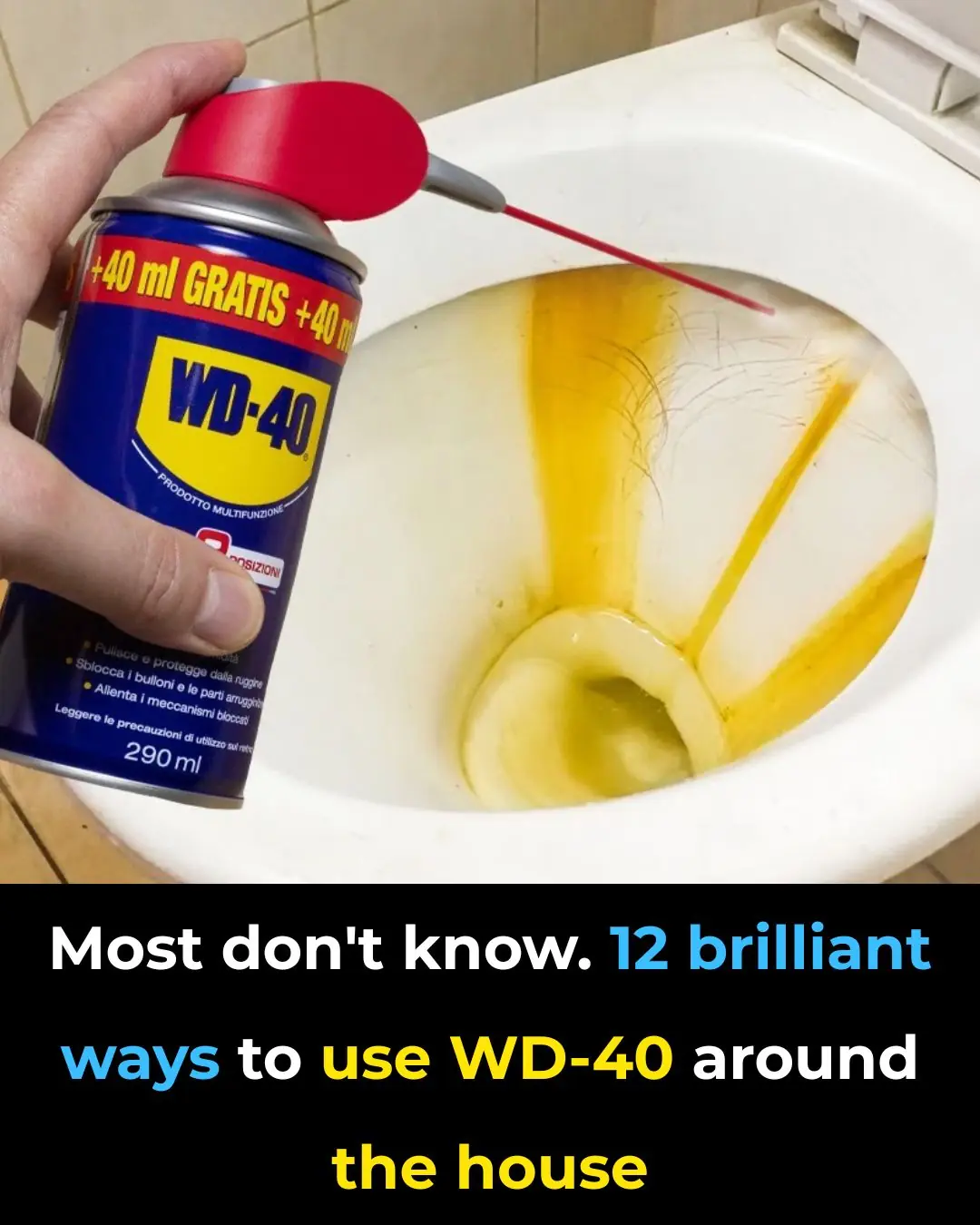
Most Don’t Know: 13 Brilliant Ways to Use WD-40 Around the House
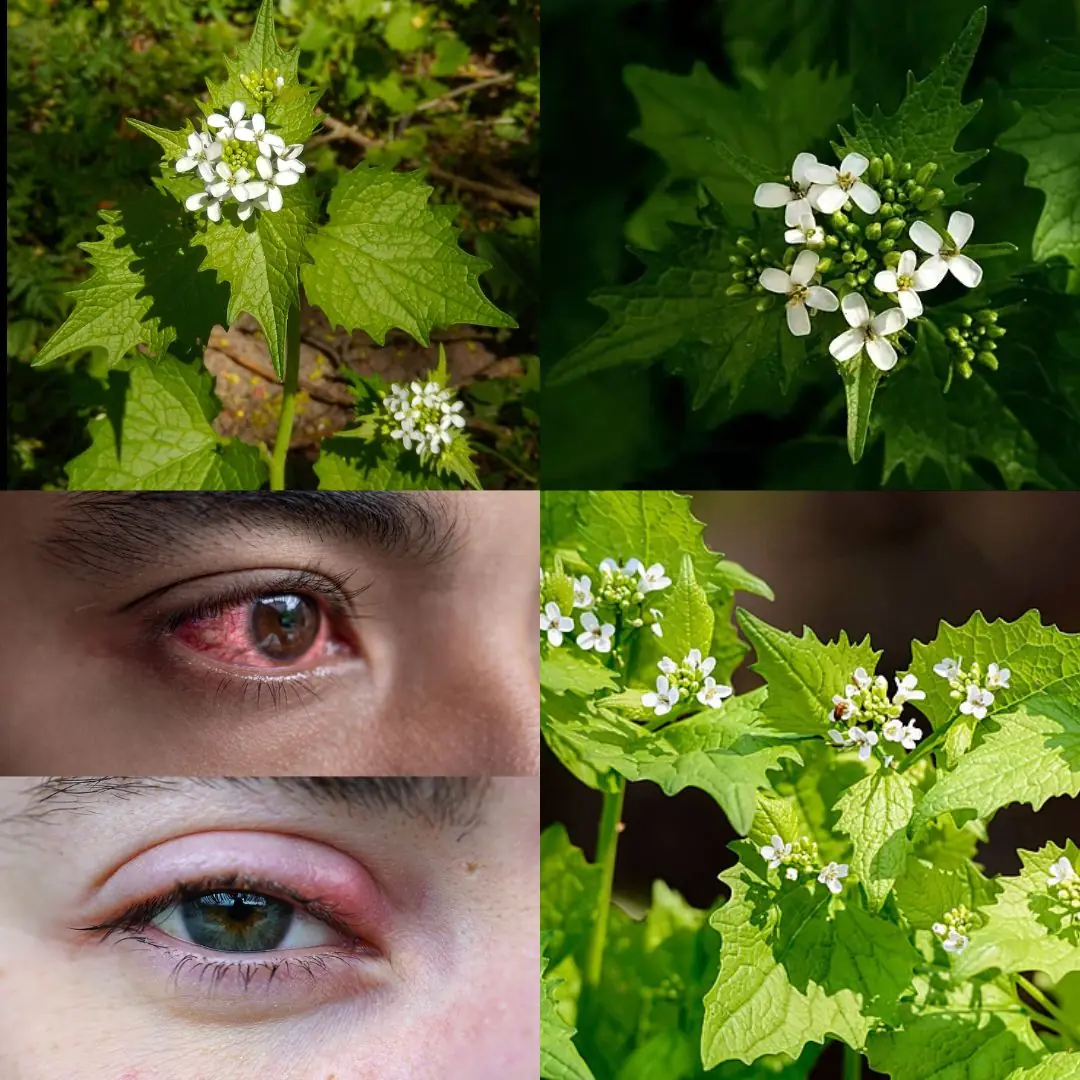
Garlic Mustard: The Overlooked Herb That Can Boost Your Health — Especially Your Eyes

SHOCKING NEW STUDY REVEALS WHAT MIGHT BE SILENTLY DESTROYING HUMAN FERTILITY

POPULAR SHAMPOO URGENTLY RECALLED BECAUSE IT CONTAINS BACTERIA THAT KILLS UP TO ONE IN TEN PATIENTS
